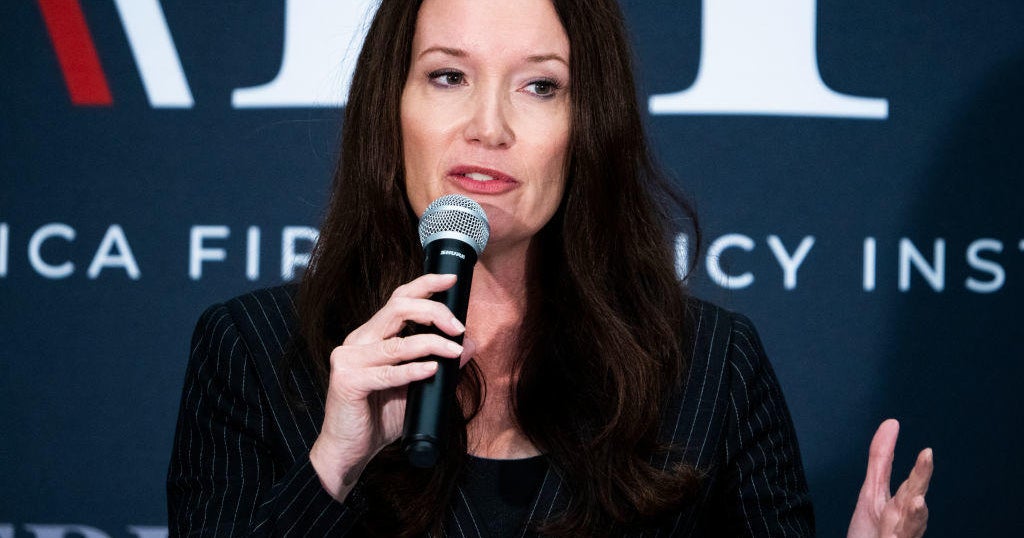Massive debt increase forecast by Congressional Budget Office
America’s debt burden will nearly double over the next 30 years if current policies are maintained, the Congressional Budget Office concluded in a bleak report on the long-term budget outlook released Thursday.
The CBO warned that its forecast, if realized, poses “substantial risks for the nation.”
The government’s publicly-held debt currently totals 77 percent of the U.S. gross domestic product (GDP). The CBO found that number would soar to 150 percent of GDP by 2047.
The debt-to-GDP ratio is commonly used by economists to gauge whether a country’s debt burden is sustainable. The theory is that bigger economies should be able to shoulder more debt, so comparing a country’s accumulated debt to the size of its economy should be more illustrative than simply examining the size of that debt in a vacuum.
There is debate among economists about how much debt is too much. Some, mostly conservatives, believe debt that totals 77 percent of GDP is already too much. Nearly all economists, however, acknowledge that a 150 percent debt-to-GDP ratio would be dangerous and unsustainable.
The explanation for the CBO’s finding is no mystery: the government spends more money than it takes in, and that gap is projected to widen, not close, as time goes on. In 2017, the annual deficit is expected to be approximately 2.9 percent of GDP. The CBO report found that, by 2047, the annual deficit will be 9.8 percent of GDP.
The swelling deficits will be driven primarily by increased spending in three areas, according to the CBO: Social Security, health care entitlement programs like Medicare and Medicaid, and interest on the debt.
“Much of the spending growth for Social Security and Medicare results from the aging of the population,” the CBO explained. “As members of the baby-boom generation age and as life expectancy continues to increase, the percentage of the population age 65 or older will grow sharply, boosting the number of beneficiaries of those programs.”
Still, the fastest growing sector of spending won’t be entitlement programs, according to the report: it will be the interest the government has to pay on its debt. The CBO flagged two explanations for that: “The first and more important is that interest rates are expected to rise from their current low levels, making any given amount of debt more costly to finance. The second reason is the projected increase in deficits: The larger they are, the more the government will need to borrow.”
Former New Hampshire Sen. Judd Gregg and former Pennsylvania Gov. Ed Rendell, the co-chairmen of the Campaign to Fix the Debt, highlighted the impact of those increased interest payments in a statement on Thursday.
“This year, we will spend as much on interest as on the Departments of Homeland Security and Veterans Affairs combined, and in 30 years we will spend more on interest than on Medicare,” Gregg and Rendell wrote. “Meanwhile, an aging population and rising health costs means that Social Security, Medicare, and Medicaid will grow significantly while revenue fails to keep up. This formula means higher debt, lower household incomes, endangered trust funds, and a future where policymakers have little wiggle room to invest in important priorities or respond to a crisis.”
It’s important to note that the CBO’s report is only a forecast based on current policies being maintained – it’s a snapshot of today, extrapolated 30 years into the future. That means the outlook could get better – or worse – if policymakers in Washington enact policies that alter the nation’s fiscal trajectory.
One such policy proposal that’s due to be rolled out in the coming weeks: tax reform. While the administration has not yet offered a concrete legislative package, and lawmakers are still tinkering with their own plans in committee, the tax reform proposal President Trump offered during the campaign provides at least some indication of where policymakers, especially Republicans, are headed on the issue.
Mr. Trump proposed slashing personal income tax rates and collapsing the current seven income brackets into just three. He also proposed repealing the estate tax and the alternative minimum tax, lowering taxes on investment income, and reducing the corporate tax rate from 35 percent to 15 percent.
Fiscal analyses of those reform proposals found they would add significantly to the federal debt. The left-leaning Tax Policy Center found that candidate Trump’s plan would reduce federal revenues by $6.2 trillion over 10 years, while the conservative Tax Foundation projected the revenue loss to be somewhere between $4.4 trillion and $5.9 trillion. (For reference, the total national debt currently stands just under $20 trillion.)



